Fine gravel crunches underfoot as we pass through a vast courtyard.
Above, faint puffs of cloud are catching the last light of day. The surrounding slopes of pine are darkening before our eyes. We come to a halt.

In a pavilion before us stands a grey-robed monk with his back to us and a russet sash slung over his shoulder. For a few minutes, he remains perfectly motionless, the back of his cleanly shaven head outlined against a taut white drum skin, large enough to cover an elephant.
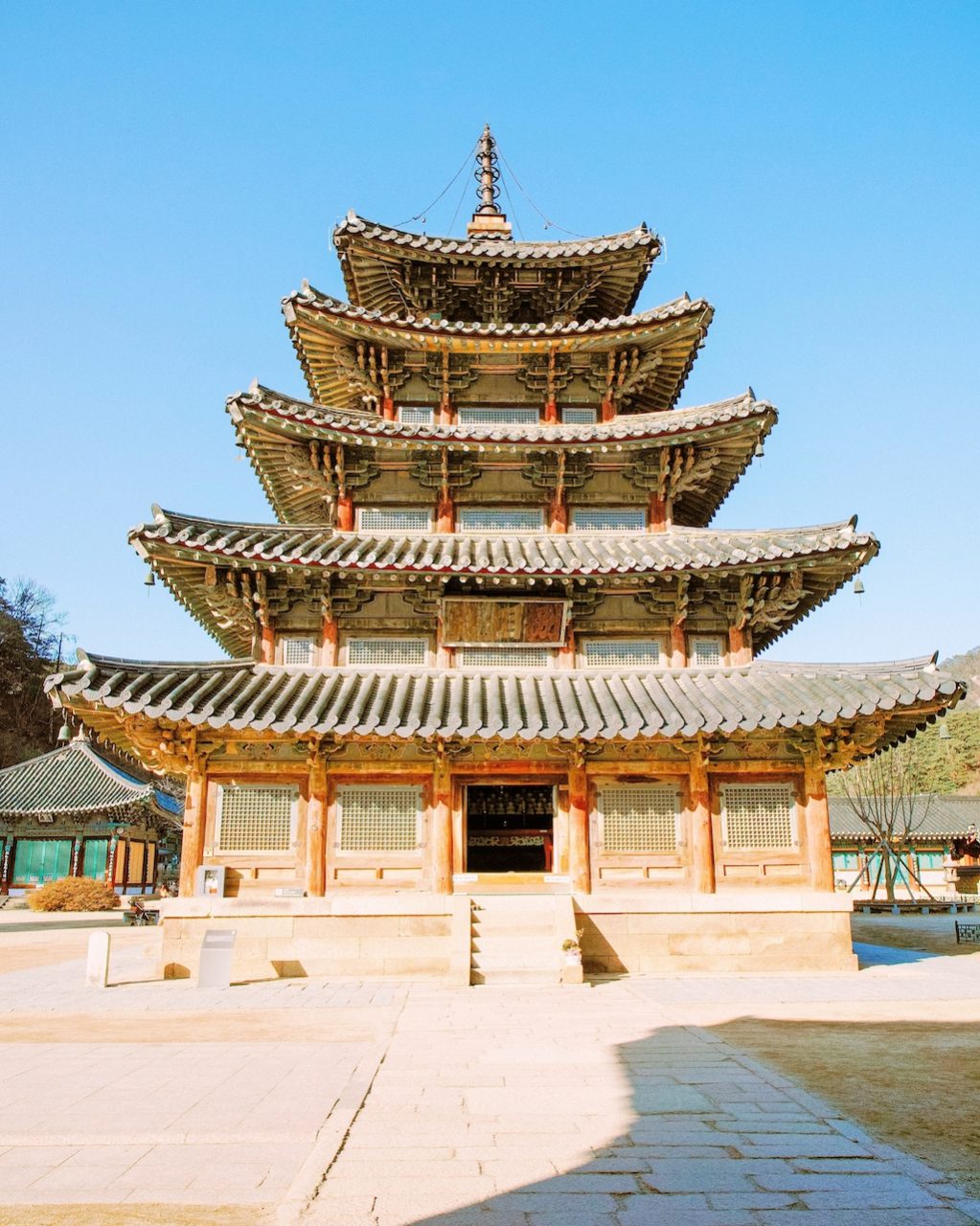
In the pause, I listen to a nearby rivulet cascading over rocks and glance up at the jagged ridgeline to the northeast. The monk takes a step forward, raises his cylindrical wooden sticks and begins to pound out a message. Each beat reverberates off the surrounding buildings of the monks’ quarters nearby, setting my scalp tingling. I have the sensation that some mystical pattern is being etched into my mind.
This is the temple of Beopjusa in central South Korea. During the Goryeo dynasty (918 to 1392), it was a veritable Buddhist city of some 3,000 monks – its large population attested to by the giant iron rice-cooking pot still sitting in the courtyard’s southeast corner. During Beopjusa’s heyday, a cremation relic of the Buddha himself was brought here by the order of a Goryeo dynasty king. Today, it remains enshrined within a humble stone stupa.

The temple, which is Zen Buddhism-oriented and is dedicated to Maitreya – the Buddha of the future – is just a three-hour bus ride southeast of Seoul and set within Songnisan National Park. While not so far in distance, it’s a world away from the capital’s trendy fashions, cutting-edge technology and modern architecture. Located at the base of a spur of the Taebaek Mountain Range, a natural barrier of steep, forested slopes and sharp peaks – the temple has stood for nearly 1,500 years in spite of fires, wars and other cataclysms. Designated a Unesco World Heritage site in 2018, Beopjusa draws busloads of tourists on weekends.
I’m not one of them, though – I’m here as a guest. Another is Kim Yu-na, a thirtysomething employee of a trading company in Seoul. “I just want to have a relaxing time surrounded by nature,” she says. “And I also want to experience Buddhism, though I’m actually a Christian.”

The nationwide Templestay programme I am experiencing has caught on over the past few years, especially with younger Koreans. The programme ties in with the growing regard in Korean popular culture for “healing” – the concept of escaping from the pressures of society and many stresses of city life by spending quiet time in nature. In an episode of the child-rearing reality show The Return of Superman, actor Song Il-kook and his triplet boys go on a temple stay. And so does entertainer Park Na-rae on an episode of I Live Alone, a reality show that taps into South Koreans’ growing appreciation of everything solo.
Kim and a friend have signed up for Beopjusa’s recuperative option, which features long blocks of free time, while I’ve chosen the experiential programme, which is challengingly immersive. Either way, we’re all quasi-members of the temple, if only for two days, now that we’ve donned the knot-button vests and baggy trousers and have attended a crash orientation course on monastic mores. Among other points of conduct, my Templestay guide Bo-ri, a layperson and former temple cook whose youthful, worry-free face belies her 59 years, has shown us how to greet temple compatriots by clasping our hands and bowing slightly.

With the drum ceremony still echoing behind us, Bo-ri solemnly leads us on. We pass the country’s last-standing wooden pagoda, five levels of gently curving, tiled eaves separated by sturdy beams and latticed windows, their paint scoured dim by the elements. A little further, and we’ve moved beyond the ken of the giant gold-gilded Buddha statue that looms in the darkness. Mounting stone steps to a higher level of the courtyard, we approach the side of the main hall, where we shuffle off our shoes and set them on a rack. Then we slip inside. The evening yebul (literally meaning “Buddha ceremony” – a paying of respects to the Buddha) is just about to begin.
“I can’t remember the last time I felt so calm and mentally grounded”
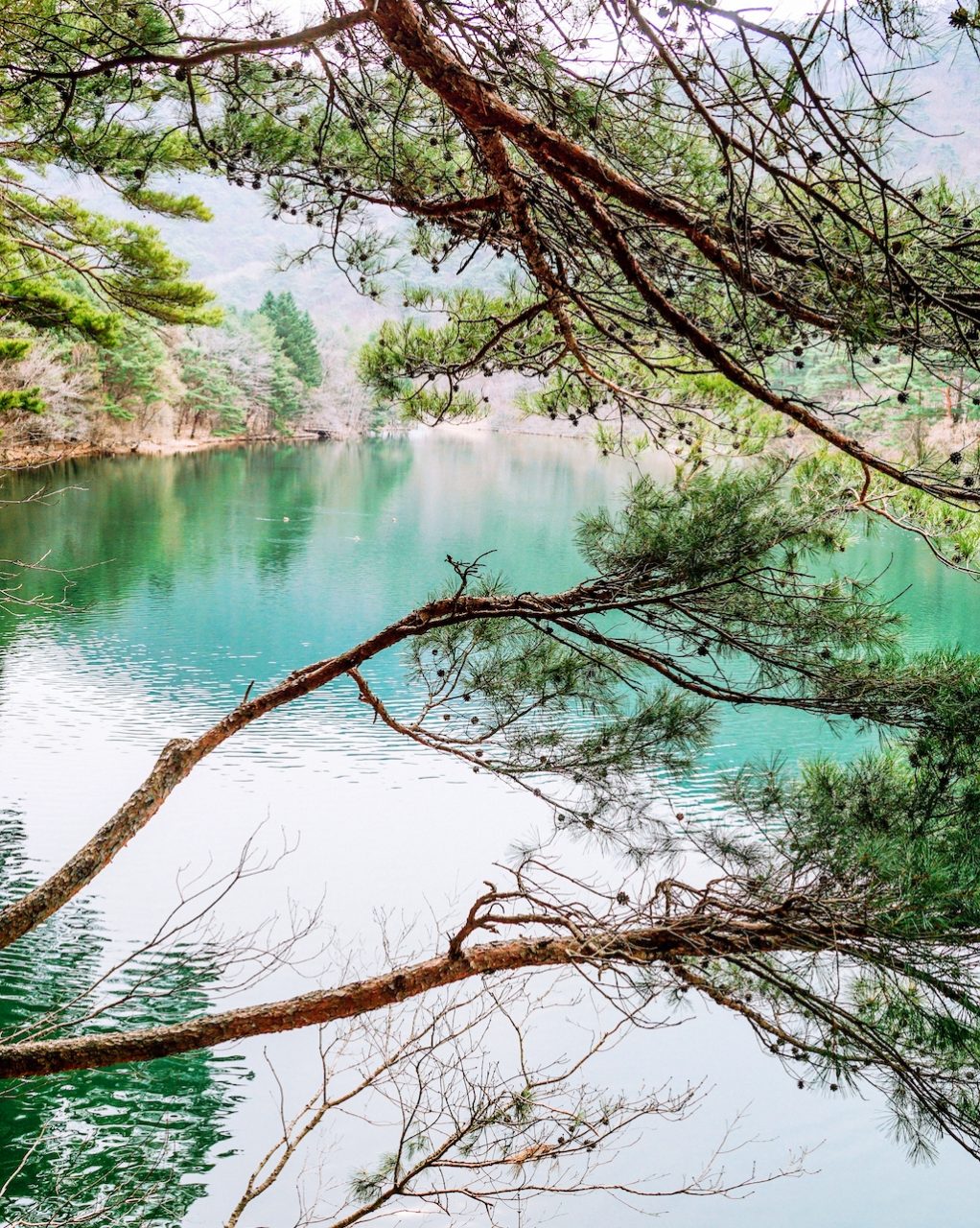
With the temple bell resonating, a half-dozen monks silently file in and begin to intone the verses of the evening service. I follow Bo-ri and attempt to repeat the actions we were taught several hours before. Hands folded near my chest, I lower my knees, then stretch my torso forward, hands flat on the mat. I boost myself back up but stumble awkwardly.
Between sets of prostrations, I try to take in the extreme ornamentation and intense colours surround- ing us. Lit by candlelight, bathed in singing that is precise yet heartfelt, the hall’s decorative elements seem to come to life, from the raised, round-featured Buddha statues to the writhing dragons on the panels above.
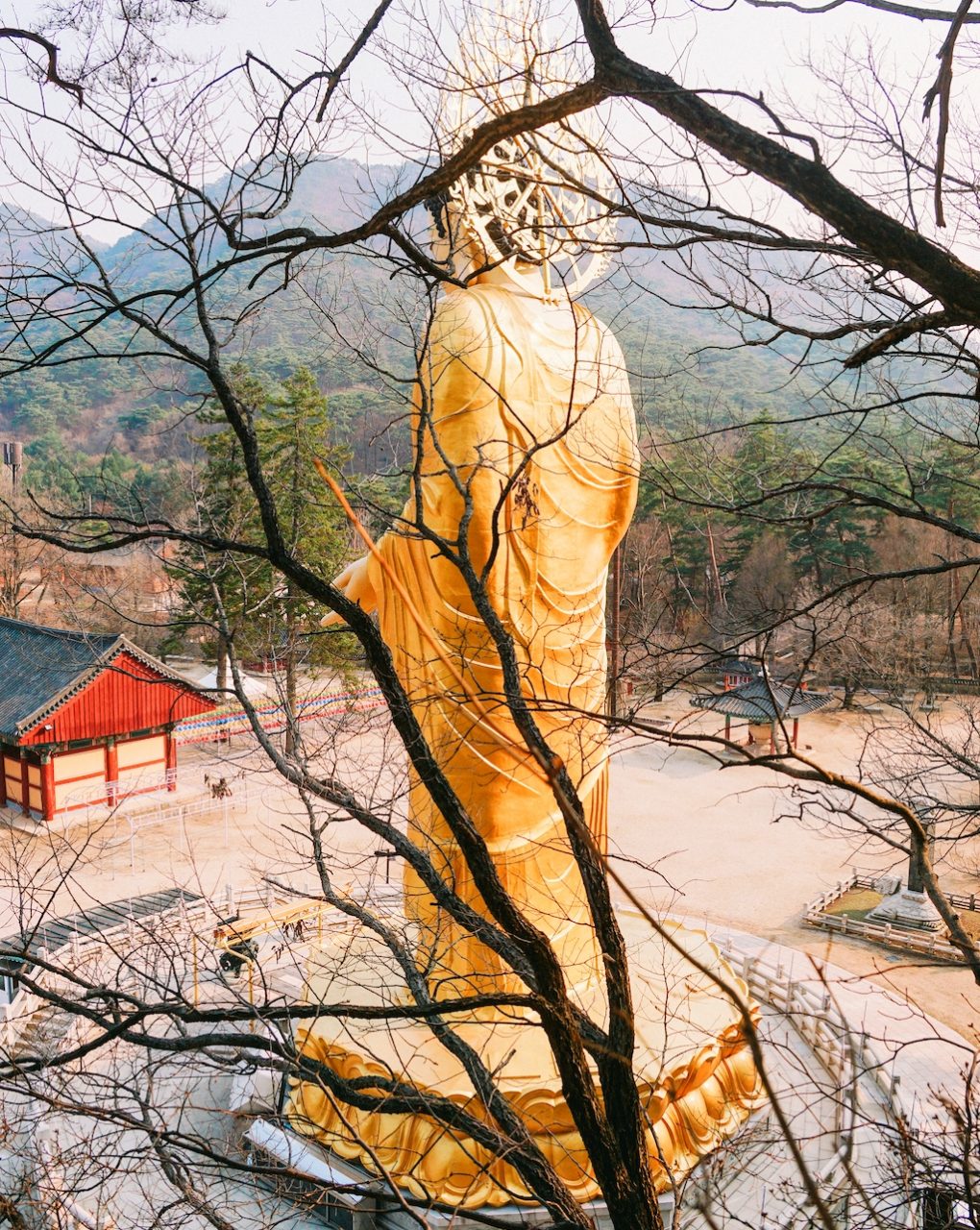
The next morning, we sit down to breakfast at 5.50am. About a dozen temple workers are seated at the other tables, while the monks are eating on the other side of a partition. Unlike Beopjusa’s dozen or so halls and shrines, the cafeteria is a purely functional space devoid of embellishments. We help ourselves to the rice, soybean-paste soup and vegetable dishes. Some of these, such as the pungent kimchi and crunchy bean sprouts, are familiar; but others, such as the bitter, medicinal-tasting bellflower root, are curiosities. During our Templestay orientation, we were urged to take no more than we can finish.
Already this morning, we’ve attended the morning yebul, having sat meditating afterwards while a monk droned liltingly to the hypnotic rhythm of a moktak, a hollow wooden percussion instrument.
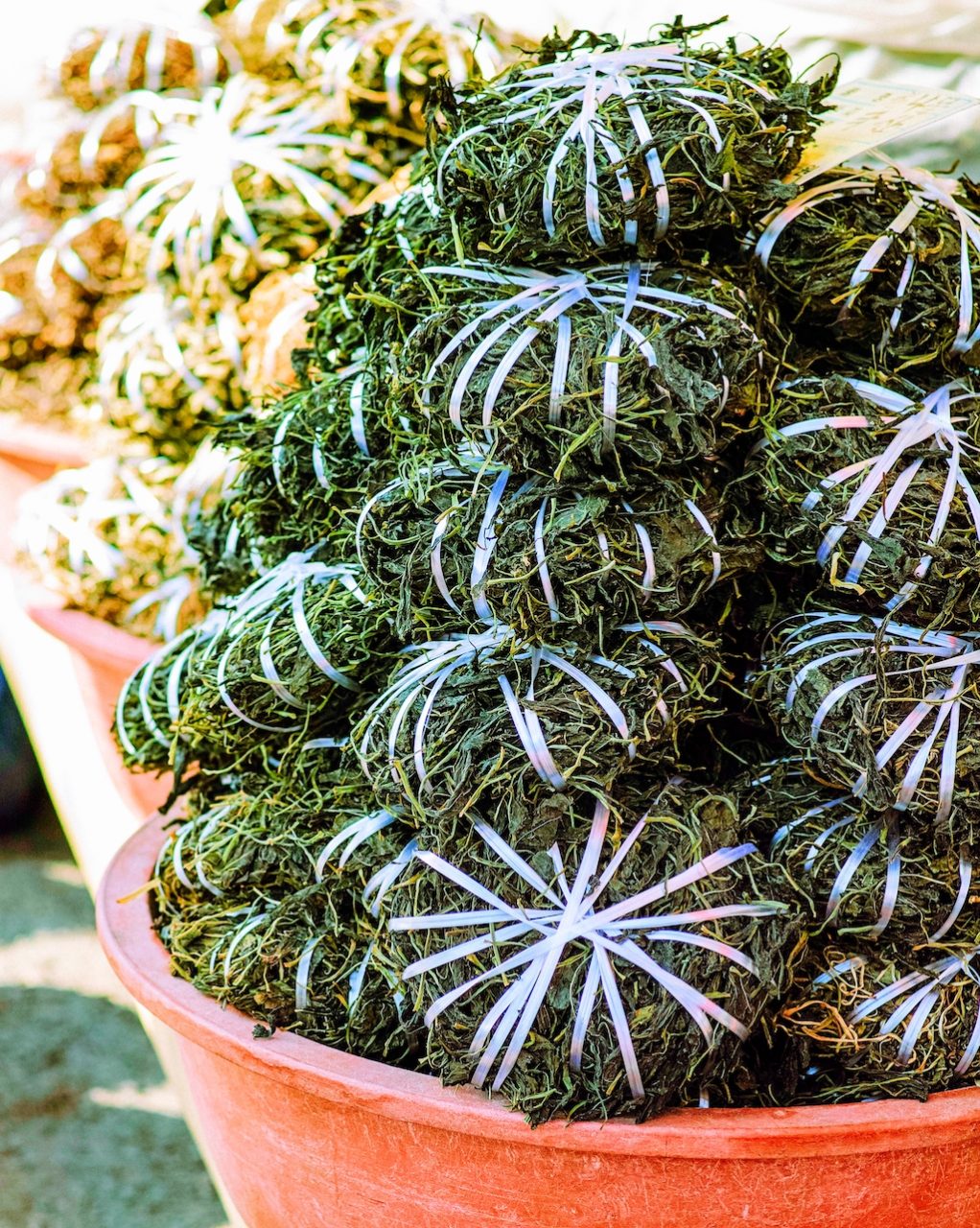
Fellow guest Sofia Berumen is sitting across from me at breakfast. I ask this gregarious, well-travelled Mexican why she’s made the decision to sample temple life. “When I visited Luang Prabang, in Laos, I met a monk on my first day there, and he was so kind,” she responds, chopsticks raised. “He showed me his temple and took me all around the city. So, ever since then, I’ve wanted to get a closer experience of Buddhism and temple life. Korea is the only place I have been to where I could do this.”
After extracting every last grain of rice from my stainless-steel porridge bowl, I carry my dishes to a sink along the wall where we must wash them ourselves. I’ve been told by Bo-ri that the monks who go up the mountain for a long retreat at a hermitage are far more austere. Not even the water used to wash their bowls is allowed to go to waste but is used for drinking.
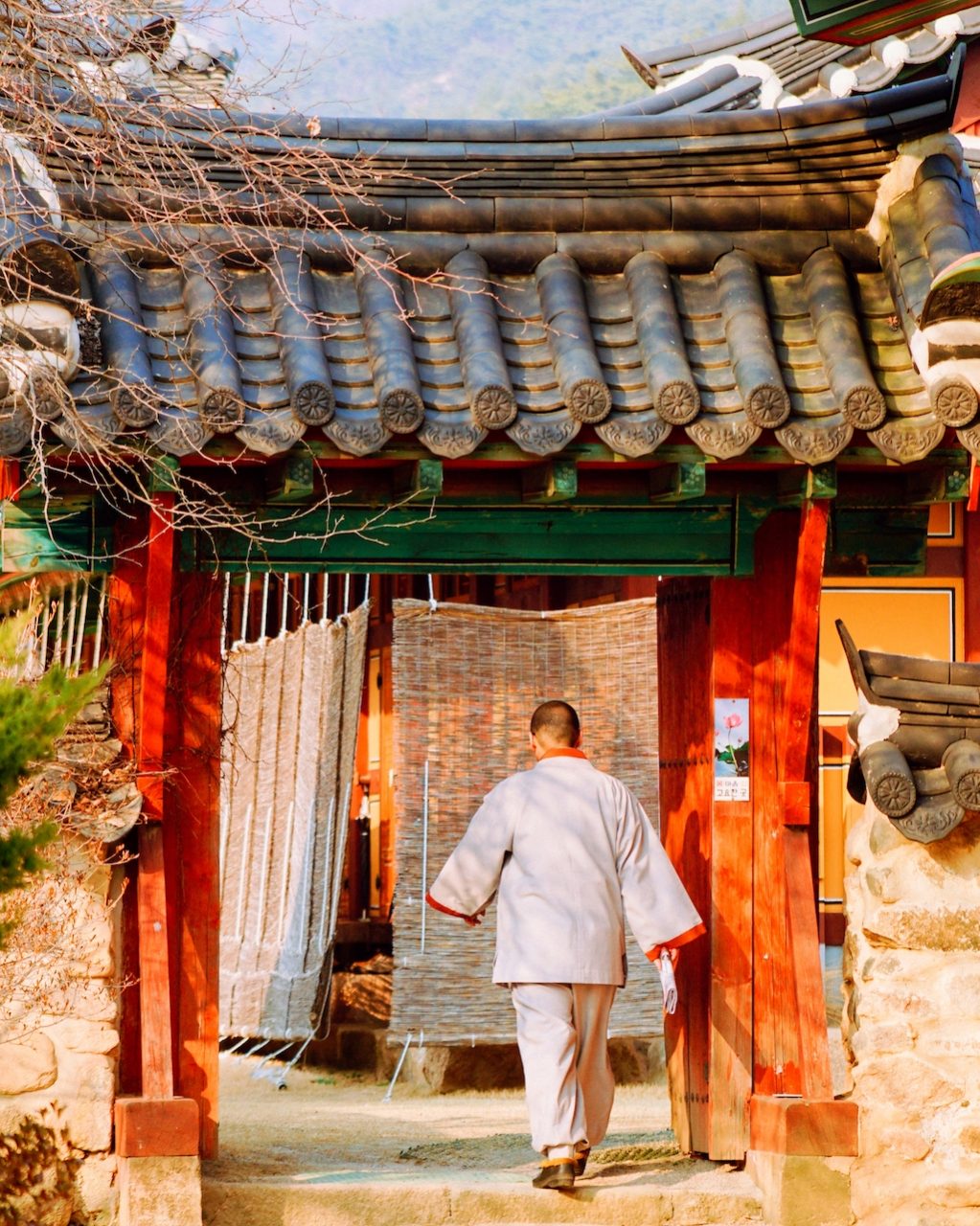
By the time we return to the temple compound, the stars have dissolved into the dark-purple canopy above the mountains. And in the east, the ether is tinted peach. Bo-ri stops to admire the moon, an orange crescent suspended above a slanting ridge. I notice the silver streaks in her tied-back hair. “There’s no other place where you are surrounded by so much nature,” she confides. After spending decades in Germany and India, this is where she has chosen to be.
Refreshed by the silent scene, I return to my spartan chamber for a nap, savouring the plush bedding and heated floor all the more following the cold sting of the early morning mountain air.

The sun has fully risen when I emerge to attend a tea ceremony with a monk. The Venerable Il-oh has arrived ahead of us at the temple stay common room. A portly, placid man, he sits cross-legged on a cushion behind a low table filled with tea accoutrements. I feel somewhat intimidated about sipping tea with a monk who’s spent the last 15 years meditating and studying scriptures. But Il-oh quickly puts us at ease, pouring the shiitake mushroom-infused tea into our cups with deft motions, observing us calmly.
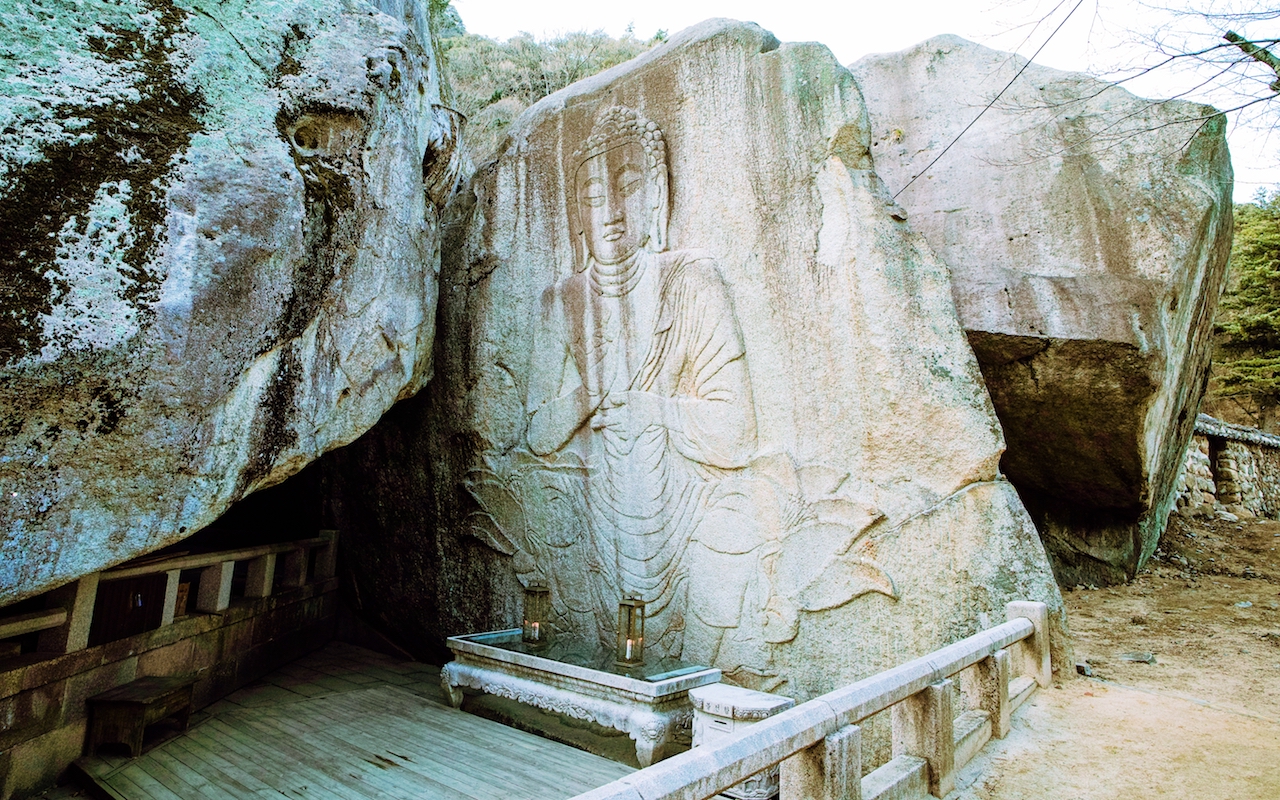
I ask him why the temple has so freely opened its doors to guests like us. “Traditional Korean houses had a room called the sarangchae, where guests could stay and come together to share the news, or just to talk,” he explains. “In the same way, monks and laypeople are welcome to come and stay at any temple. The Templestay programme fits into this tradition.” The monks aren’t at all inconvenienced, he assures me. Those involved in intense meditation have no cause to leave the Chongji Zen Centre, which remains resolutely off-limits to visitors.
Before we leave, Bo-ri, Sofia and I decide to climb Sujeong-bong, a round, pine-tufted peak that rises like to temple residents – both monks and hired workers – and we pass just one other person while weaving our way up through the pine forest.
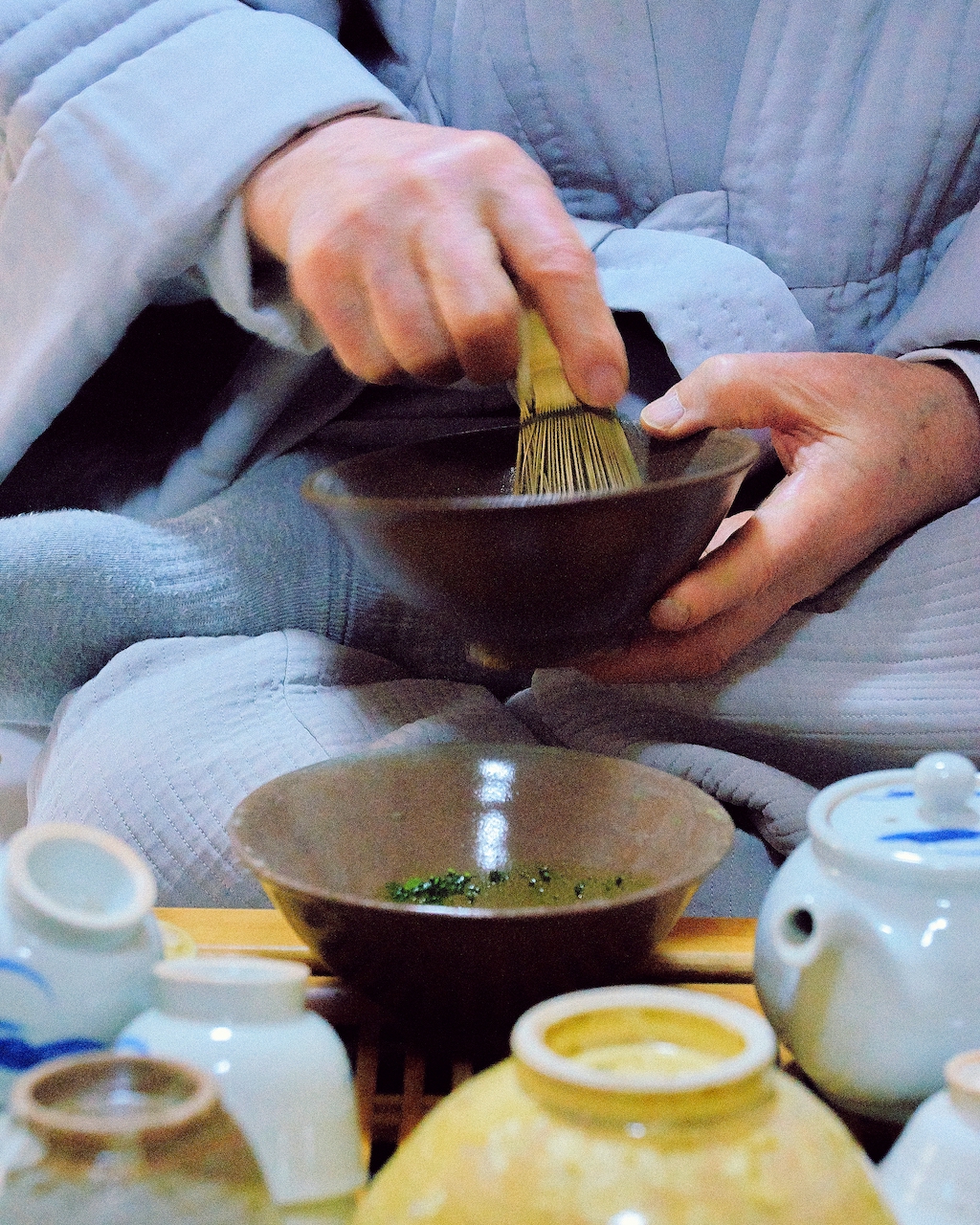
Soon, we are level with the nape and fiery aureola of the towering statue of Maitreya. I test my weight carefully on layers of mouldering leaf-fall and pause to look up through fluttering bamboo at the cliffs spilling downwards. When we pause for a rest, Sofia reflects, “I think this temple stay has brought me more energy. And it has calmed me down a little bit from the rush of everything.”
At the top, we discover Turtle Rock, easy to identify with its massive shell and upstretched head. Just below is a granite terrace bathed in sunshine. A scattering of large carved blocks and chiselled notches hint that a hermitage once stood here, practically suspended over the void. I look down at the temple below – with its gates, pagoda and main hall spread out along a central axis – and remember that it will be Buddha’s Birthday in a few weeks. Hundreds of visitors will descend, incense will fill the air and the sandy expanse will turn into a sea of lanterns: pink, yellow, green, blue and red.

After relaxing in the breeze for a few minutes, it’s time to head down. “We have fulfilled our task,” Bo-ri announces with a smile. “There’s only the birds and us.” Though the temple stay has been physically rigorous and emotionally intense, I can’t remember the last time I felt so calm and mentally grounded – truly free of Seoul’s daily urban grind. Nevertheless, I’m ready to return to the city, bringing back with me my own humble portion of deep-mountain solitude.
Singapore Airlines flies to Seoul four times daily. To book a flight, visit singaporeair.com
SEE ALSO: Busan: Exploring the city of a hundred lighthouses
This article was originally published in the May 2019 issue of SilverKris magazine
The post Soul-searching on a meditative temple stay in South Korea appeared first on SilverKris.
from SilverKris
No comments:
Post a Comment